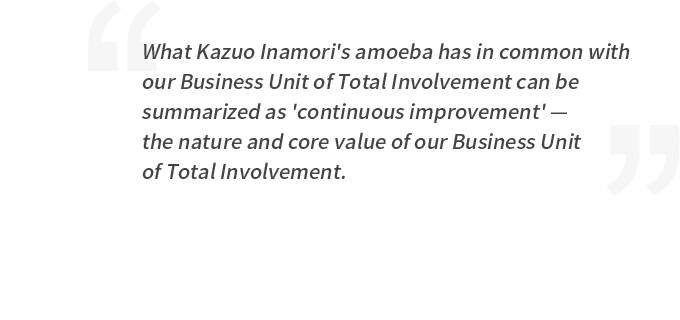


Insight into the nature of problems gives rise to innovation. We start with problems to build a standardized operating system that covers everything from the workflow to product specifications. We promote operation and management standardization through systems, processes, forms, and informationization in pursuit of improvement and high efficiency. Our production management focuses on the standardization of products, quality, processes, and services in pursuit of production efficiency, speedy delivery, product quality, industry efficiency, and cost-effective value.

We establish quality control through "result, test, process, training and inspection" standardization. Based on management innovation, technological innovation, and application of information tools, we developed a "ten-step management method" for tackling complex problems, providing valuable management tools for enterprise manufacturing.
The five standard systems for quality control:
Result standards: Identify customer requirements and standards through communication to establish result standards,
deliver products and services that customers like and gain a reputation.
Test standards: Formulate test result standards, including how to test, what methods to use, what tools to use, etc. to ensure reliable test results.
Process standards: Study the procedures and ways of reaching product standards to ensure reliable results with processes.
Training standards: Consider how to conduct training, what to teach in training, and who are to receive training, to ensure the above three standard systems are set in an informed way.
Inspection standards: Formulate inspection standards targeting the above four standard systems to comprehensively assess the implementation of them and make improvements if necessary.






SNTO in recent years adopted the new management model of "Business Unit of Total Involvement" by which employees became enterprise executives to operate the enterprise together and pursue dazzling performance.
Our "Business Unit of Total Involvement" seeks quality, speed, and low cost. It has created a workplace atmosphere aimed at ultimate perfection and mobilized the employees to improve methods and tools, put forward reasonable suggestions, and try every means possible to make improvements in gas consumption, energy consumption, cost, and quality. As a result, their enthusiasm for work and their performance reached new heights.
Our "Business Unit of Total Involvement" focuses on our own work as well as that of those working for and around us, integrates resources within and across business entities and even within, across, and outside of departments, and coordinates all efforts towards serving target customers to make creations and headway together.
